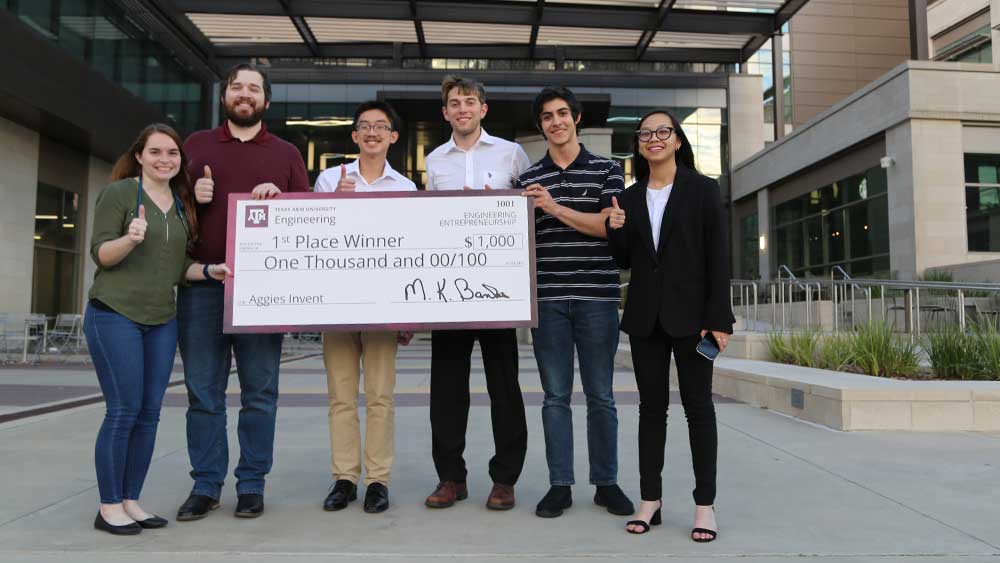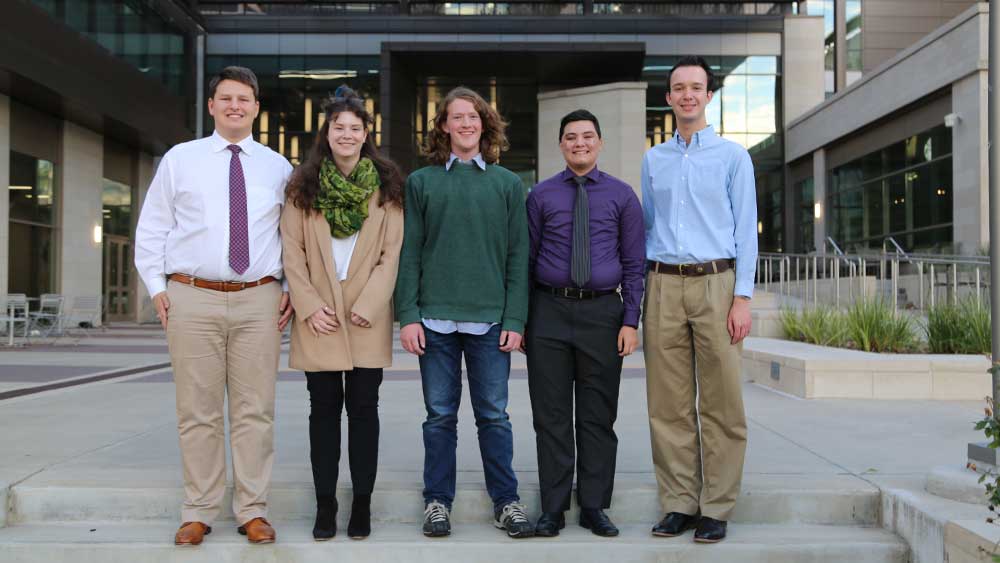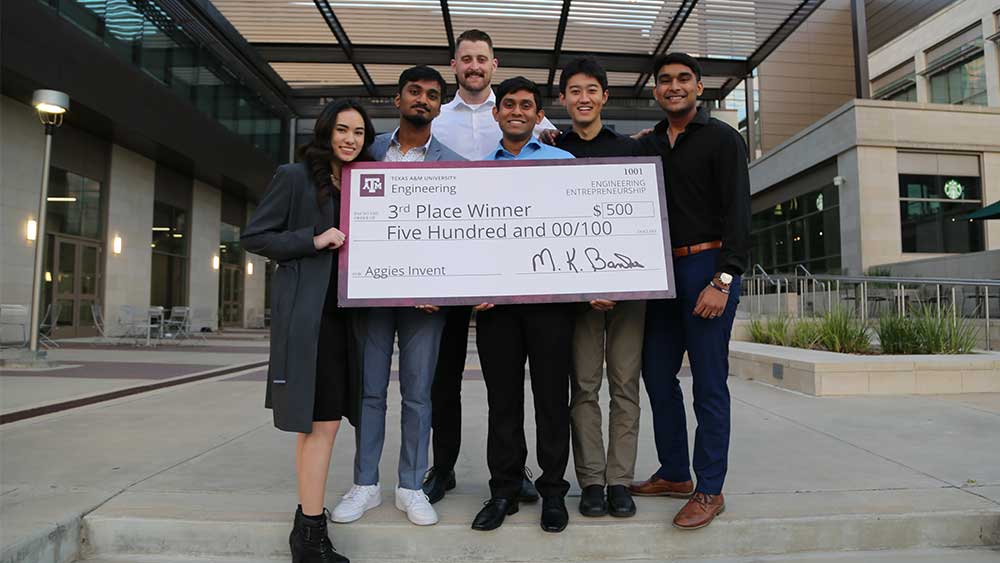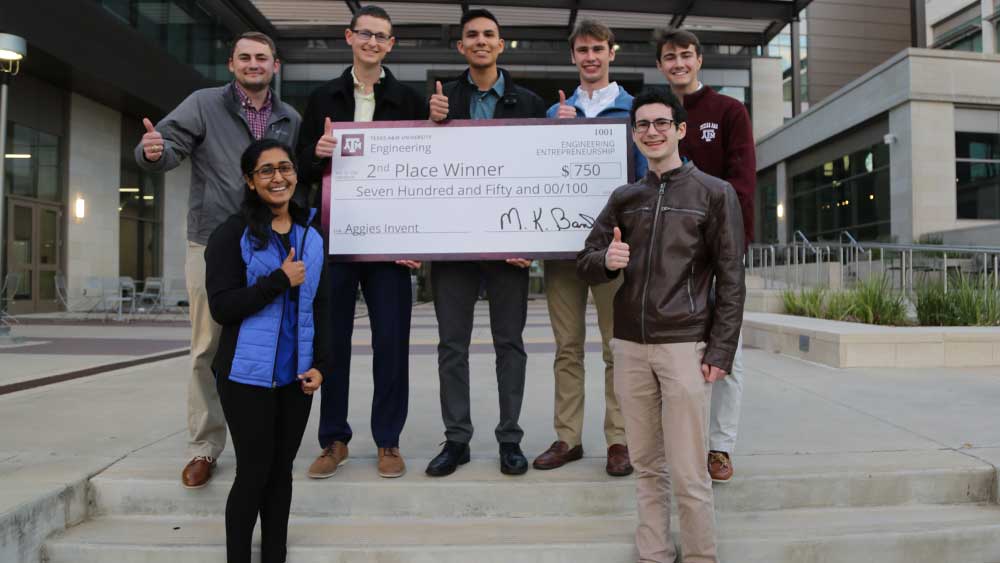
Texas A&M University's College of Engineering and College of Veterinary Medicine and Biomedical Sciences teamed up to host the January Aggies Invent, VetMed, which challenged teams to create innovative solutions for veterinary care. The teams with the most promising ideas have the opportunity to apply their product to a startup with the College of Engineering's Engineering Inc. program.
Students spent 48 hours researching and developing a prototype with the help of mentors from the College of Veterinary Medicine and Biomedical Sciences. Ultimately, the winning team, RadTech, developed a solution using a machine learning, artificial intelligence program to look at X-rays of dogs and determine if the heart size is large or normal.
"To see them get a problem on Friday night and have a solution on Sunday is incredible," said Dr. Leslie Easterwood, clinical assistant professor of equine community practice at Texas A&M and mentor for Aggies Invent. "It just shows them the possibilities of what can happen when you start putting the right team together and then thinking outside the box."
After intense preparation, the teams presented their business pitch to a panel of judges composed of industry professionals.
"I think it's fantastic. It's a really great combination of two completely different ways of thinking," said Dr. Diane Platts, senior professional services veterinarian for Boehringer Ingelheim. "And so, with such diverse thinking, you come with a better team, so the solutions are very unique. It's really great."

The judges had a tough time selecting winners, so much so that instead of the usual three places for winners, they added a fourth.
Parasite Lost was awarded fourth place for their device that looks for anemia in goats. This solution is imperative to let the examiner know the damage the parasites are doing to the animal.

The third-place team, Autocorrect, created a device to make bone fractures and injuries less painful for pets and with shorter recovery times. Like most teams, working on an interdisciplinary project like VetMed not only tested their knowledge of their field, but also broadened the scope of where their careers can lead.
"It really opened my eyes to the multiple things that I could do after college and see all the fields I can go into," said Joshua Wilson, a freshman general engineering student.

Second place went to UltraShield, which created a reusable, washable protective covering for an ultrasound probe. A combination of research, testing and help from the mentors allowed them to find their solution.
"Aggies Invent, when we work with the College of Veterinary Medicine and Biomedical Sciences, is one of my favorites because it takes the technology and biomedical side of it and puts it together,” said Rodney Boehm, director of entrepreneurship and associate professor of practice at Texas A&M.
"We come up with some incredibly creative solutions, and I love seeing the diverse background of all the students coming together, working together. We hope that teams continue their project in the engineering incubator."